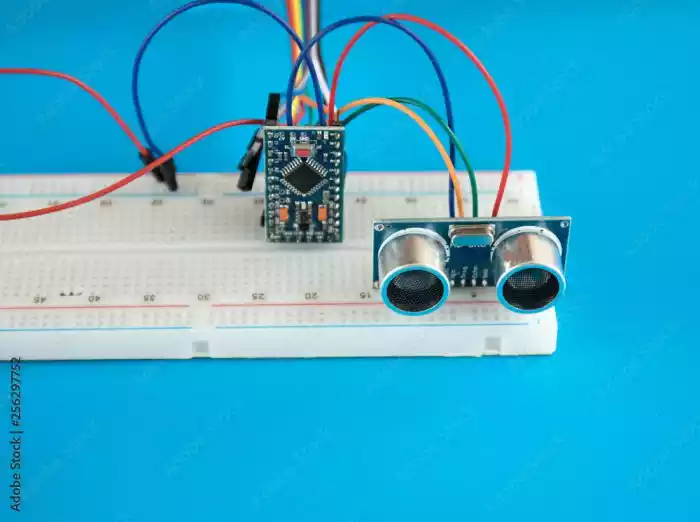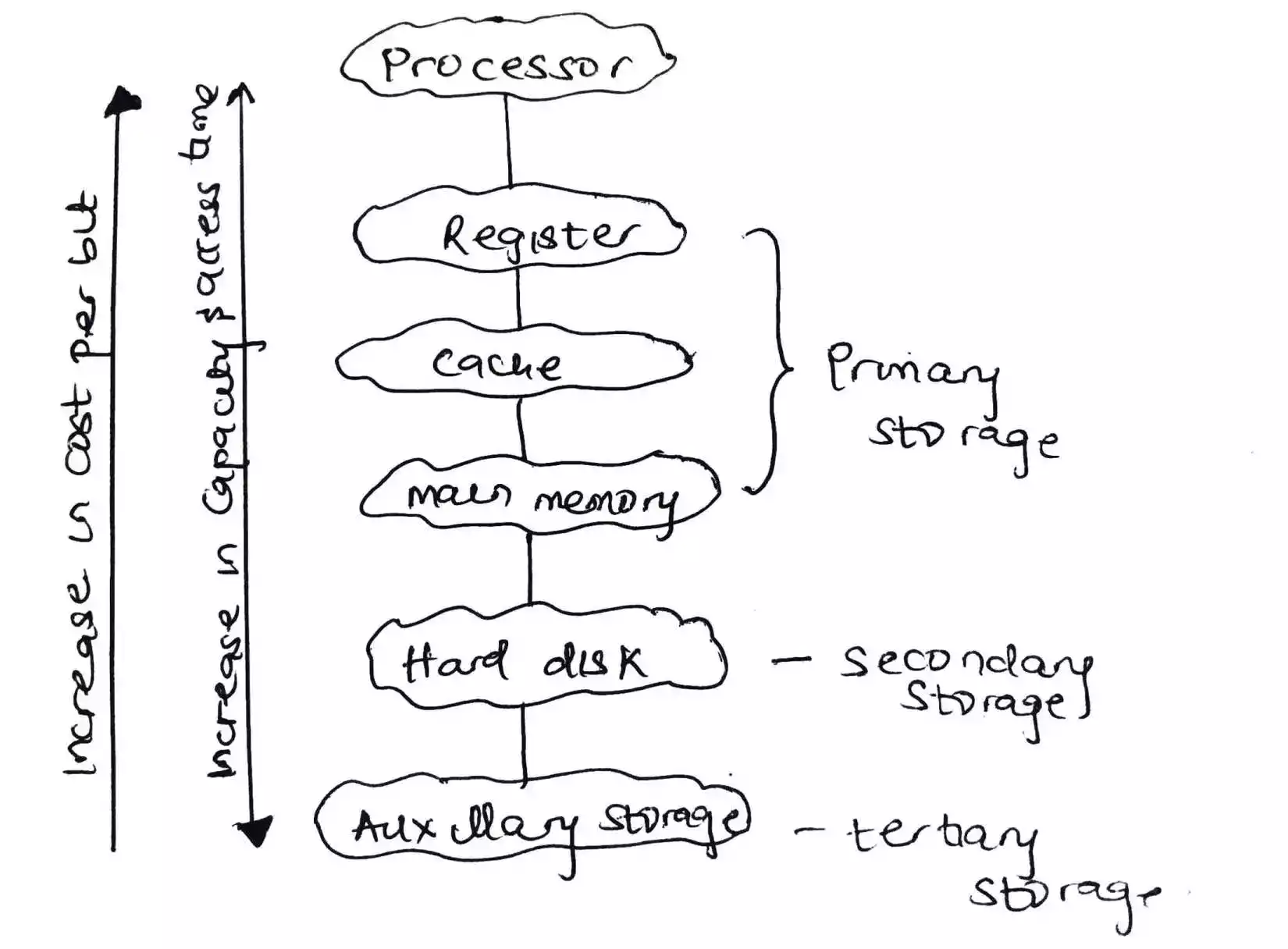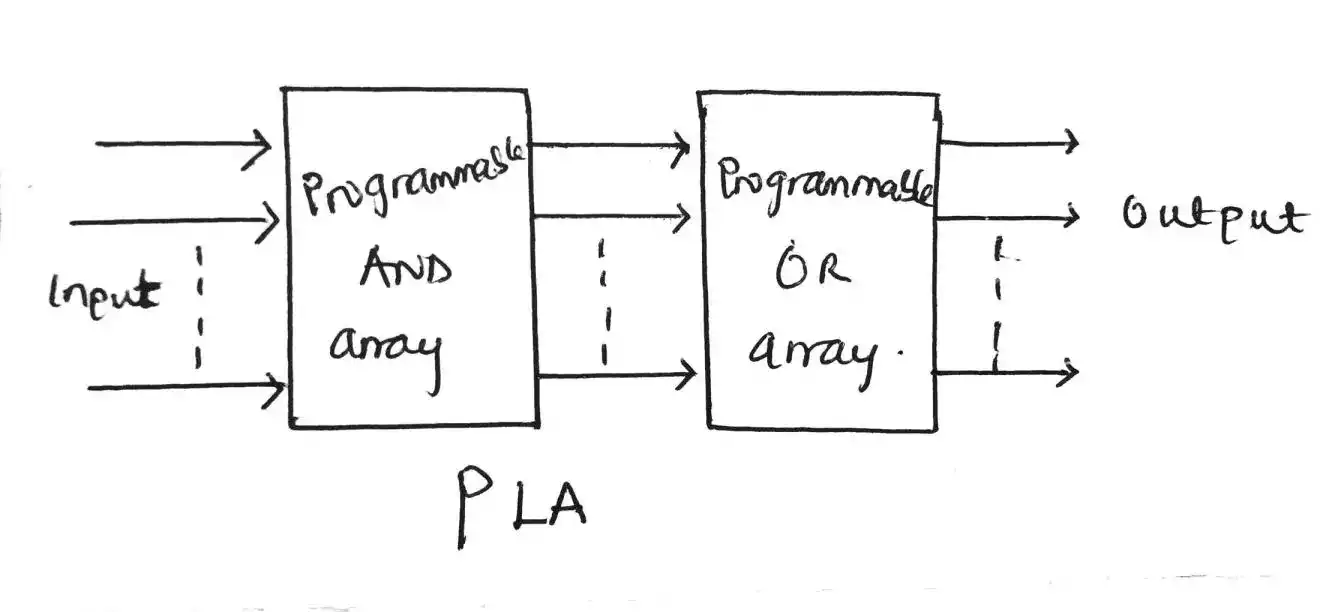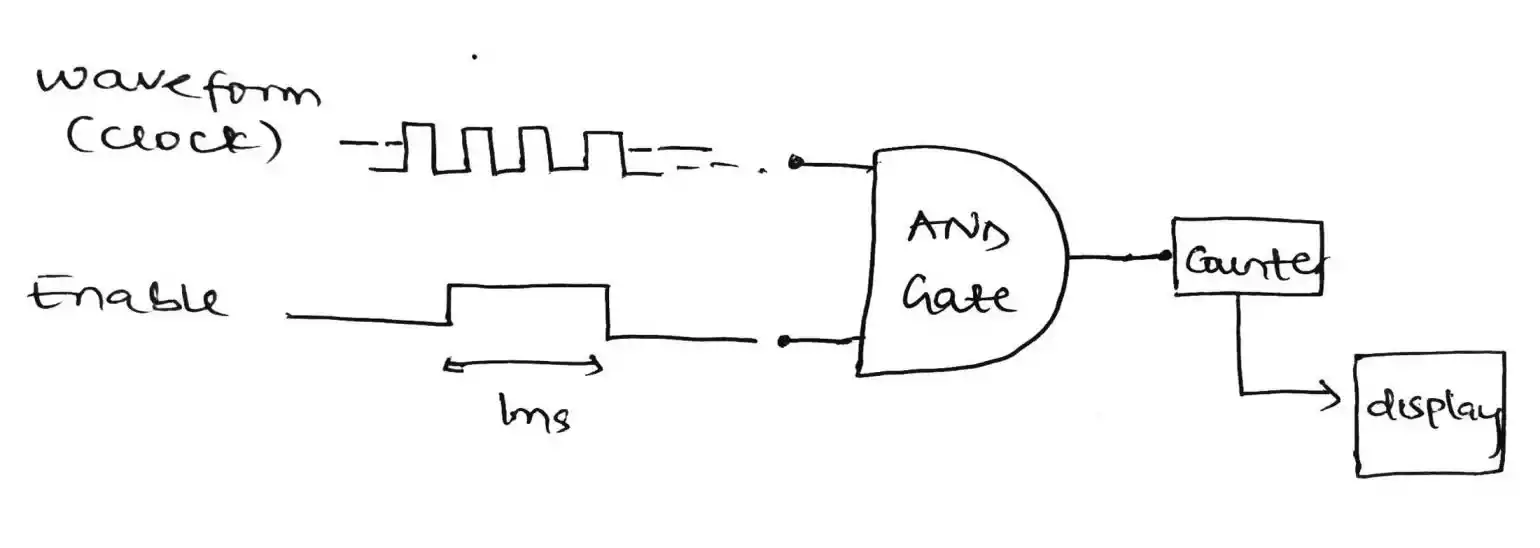Advantages of Flip-Flop over Latch
The use of flip-flops in digital electronics has several advantages over latches. Here are some of the advantages:
Advantages of Flip-flops over Latches
-
Clock Input: Flip-flops have a clock input that allows them to change state only when a clock signal is present. This makes flip-flops useful in synchronous circuits, where all events must occur synchronously.
-
Stability: Flip-flops are always stable, while latches can be unstable. The stability of flip-flops makes them useful in systems where the state of the system must be maintained even when the input is not stable.
-
Set-Reset: Flip-flops often have a set and reset input that allows the user to explicitly set or reset the state of the flip-flop. This feature is not available for latches.
-
Timing Requirements: Flip-flops have well-defined timing requirements, while latches do not. This makes it easier to design and implement systems using flip-flops, as the timing requirements are clearly defined and easy to understand.
-
Reduced Glitch: Flip-flops have reduced glitch as compared to latches, which means that the output of a flip-flop changes only when a specific edge of the input signal is detected. This reduces the chance of unwanted transitions in the output.
-
Synchronization: Flip-flops are used in synchronous circuits, which makes it easier to ensure that all events occur in a synchronous manner. This is particularly important in systems that have multiple clock domains.
-
Power Consumption: Flip-flops consume less power than latches, as they change state only when a clock signal is present.
These are some of the main advantages of using flip-flops over latches in digital electronics.





